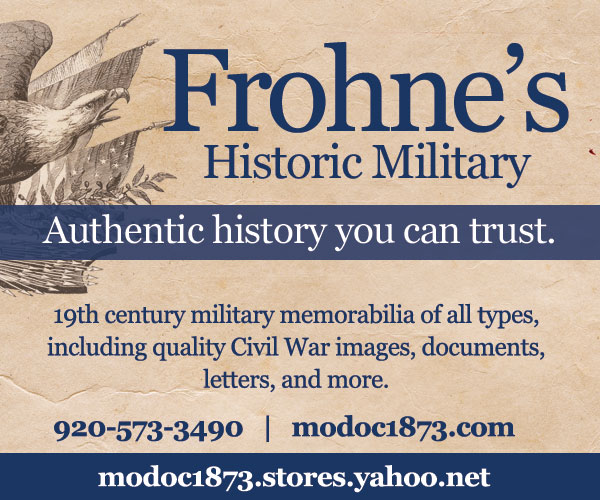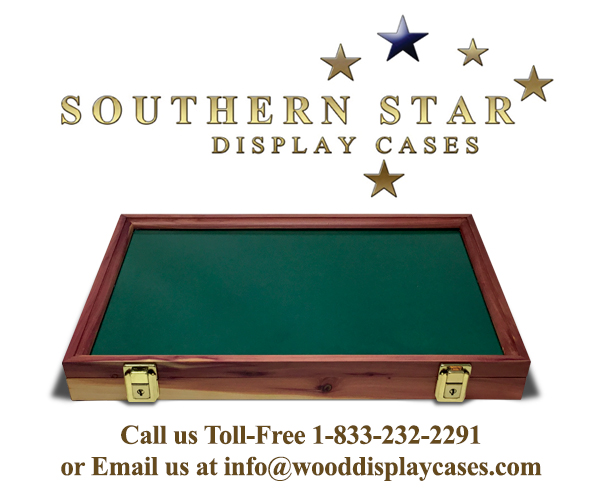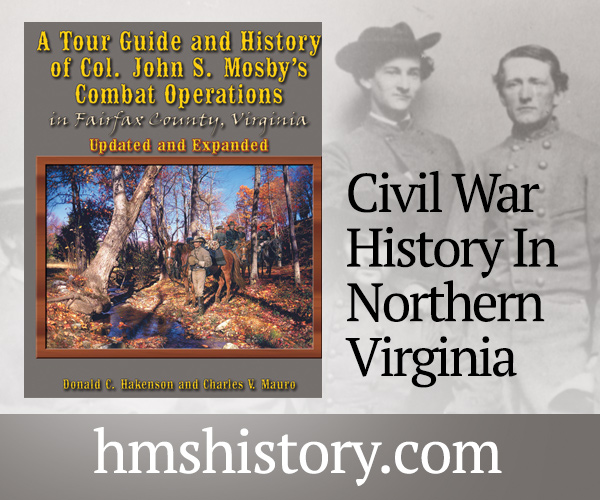A complete table of contents for the Winter 2022 issue of Military Images magazine, and information about how to purchase single issues and subscriptions.
Vol. XL, No. 1
(80 pages)
Print edition: Visit our store to check availability
Digital edition: Visit JSTOR.org to purchase
Subscribe to MI
Explore the MI Archives:
Browse | Advanced search | Tutorial
Inside
Cover image
A half plate ambrotype from the Dave Batalo Collection pictures Lt. Alexander Hamilton “Sandy” Rogers, an aide to Confederate Lt. Gen. Daniel H. Hill.
Table of Contents (p. 1)
Editor’s Desk (p. 2)
In “Showcasing the Artists Behind the Lens,” the editor recognizes the magazine’s commitment to documenting Civil War era photographers.
Mail Call (pp. 3-4)
Feedback includes comments by a new subscriber, additional information about two soldiers included in the last issue, and a tribute to the late Ken Bertholf.
Military Anthropologist (p. 4)
A chart tracks references to chasseur, hussar and zouave in U.S. newspapers from 1800-1875. Zouave skyrocketed in mentions following the Crimean War.
Passing in Review (p. 6)
Book reviews: Model 1841 Rifles and Their Confederate Bayonets by Thomas E. Singelyn; The Horse at Gettysburg: Prepared for the Day of Battle by Chris Bagley.
Photo Sleuth by Kurt Luther (pp. 8-11)
In “Reidentifying a Pennsylvania Cavalry Company,” Kurt Luther corrects an error introduced a century ago in Miller’s Photographic History of the Civil War.
Antebellum Warriors (p. 12)
A daguerreotype from the Dan Binder Collection features a militia soldier posed with a plumed bell crown shako. The image likely dates to the early 1850s.
Most Hallowed Ground (p. 14)
Cartes de visite of German immigrant Ludwig Philipp Seibert, a veteran Prussian cavalry officer who served on the staff of Union Brig. Gen. Charles C. Dodge.
The Honored Few (p. 16)
Private George Washington Walton of the 97th Pennsylvania Infantry received the Medal of Honor for rescuing a wounded comrade at Petersburg in 1864.
The Citizenry (p. 18)
The courtship of Susan “Sue” Tarleton of Alabama and Confederate Maj. Gen. Patrick R. Cleburne ended with a Union bullet at the 1864 Battle of Franklin.
Fakes, Forgeries and Frauds by Perry M. Frohne (pp. 20-21)
In “New Technology + New Equipment = Better Fakes,” Frohne examines a tintype made by a modern wet plate collodion photographer and sold as an original.
Rees of Richmond: A fresh look at the combative, competitive and brilliant photographer Charles Ricard Rees by Dominick A. Serrano (pp. 22-37)
Though Charles R. Rees is little remembered by history, his rose to become Richmond’s foremost photographer with a unique portrait style. This is his story.
The Pride of Washington County: A newly discovered composite honors the 19th Iowa Infantry’s Company C by Michael Huston (pp. 38-42)
A Civil War soldier portrait on eBay led to the discovery of a circa 1884 composite of surviving members of a company of mostly Iowa citizen soldiers.
A Red-Legged Devil Remembers a Revolt and Generous Brooklynites by Ronald S. Coddington, with artifacts from the Ken Fleming Collection (pp. 44-46)
Asa A. Holbrook of the 14th Brooklyn Infantry shared cherished memories of his Civil War service. His photograph, uniform coat and other relics survive.
“Shall We Sustain the Government?”: A sergeant’s open letter to fight for the Union by Ronald S. Coddington (pp. 48-51)
Charles W. Singer of the 107th U.S. Colored Infantry wrote an open letter encouraging Black men in blue to fight to save the Union and free enslaved people.
Lincoln Abroad: Views of President Abraham Lincoln from other countries by Chris Nelson (pp. 52-55)
A gallery of images produced in England, France, Germany, Italy, Peru and Russia show how citizens of other countries saw the 16th U.S. President.
A Field Guide to Union Hussars by Ron Field (pp. 58-64)
The distinctive hussar style was adopted by few military organizations before and during the Civil War. The best known unit is the 3rd New Jersey Cavalry.
Humanizing the “News from Our Brave Boys Down in Dixie”: Q&A with The Regimental Gazette Editor and Publisher Scott Valentine (pp. 66-68)
In the pre-digital era, Scott Valentine created a quarterly one-page publication to tell Union soldier stories and connect with fellow photo collectors.
Plate or Paper? Choosing the best format for a portrait photograph during the Civil War (p. 70)
A comparison of two primary choices for Civil War portraiture: hard plates (ambrotypes or tintypes) or albumen paper prints (cartes de visite).
Material Culture: Uniforms, equipment, weapons and related objects by Michael R. Cunningham, Ph.D. (pp. 71-73)
The Gray gutta percha knapsack, composed of two layers of unbleached cotton sandwiching a sheet of vulcanized gutta percha, was used during the Civil War.
Behind the Backdrop: Origins, artistry and photographers by Adam Ochs Fleischer (pp. 74-75)
In “The Palm Tree Backdrop of Jackson, Michigan,” Fleischer examines the distinctive painted canvases connected to photographer Norman Erastus Allen.
Stragglers: Distinctive Images from MI contributors (pp. 76-78)
Featured are brothers who served in Ohio regiments, a Confederate believed to be connected to the Trans-Mississippi Theater, an elite Knickerbocker, and more.
The Last Shot by Buck Zaidel (p. 80)
A Soldiers’ Photograph Album from the collection of the late Michael J. McAfee served as more than a container to hold images—it was a bridge to home.





































